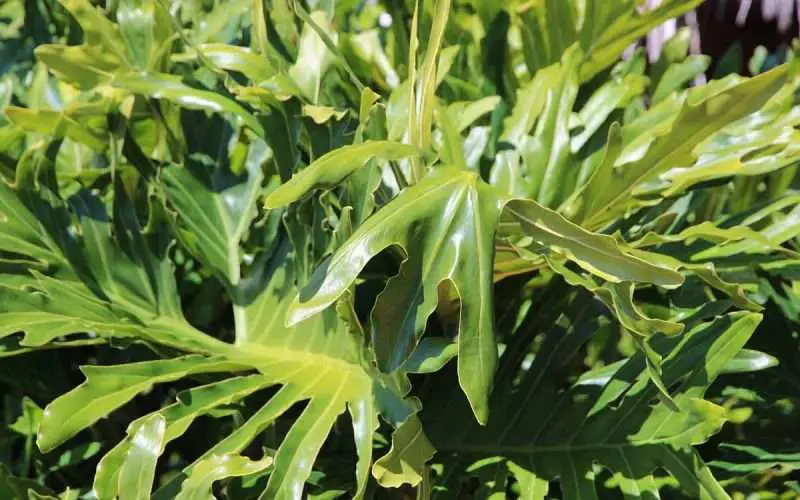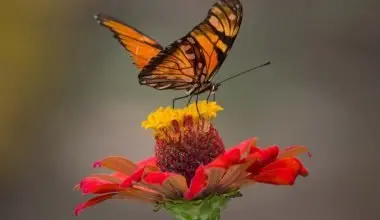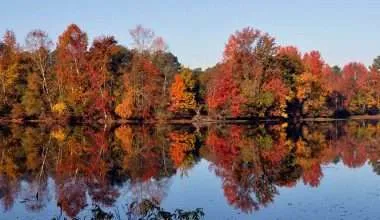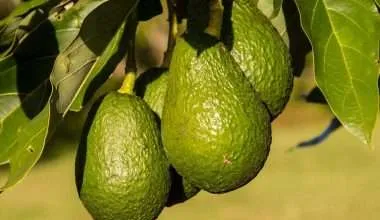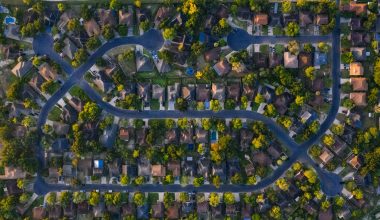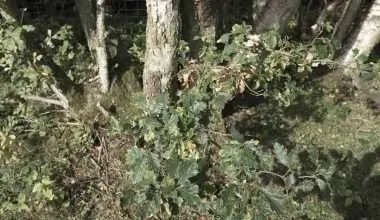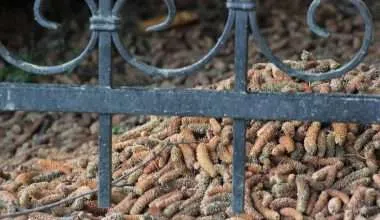Table of Contents Show
Being one of the most famous and popular house plants, it is known for its varieties and types. It is a part of the Araceae family and has more than 489 known species while some or many are still unknown.
Philodendron plants usually come from Central and South America because of their hot, moist, and rich rainforests.
Most philodendrons can survive easily in not-so-tropical conditions, but you will have a hard time caring for some philodendron species because of their water and light requirements if you do consider keeping them as a house plant.
There is a lot to choose from if you want to have a philodendron at your home. Knowing about their traits and requirements will help you better establish your decision regarding your choice of philodendron.
Knowing The Philodendron
Philodendron is a large flowering plant. Nature was creative with this plant as you can find different types and shapes of leaves.
The leaves can either be spear-shaped or oval. It can be lobbed, cut, pinnate, or neither of those. Pinnate means having divisions.
Not just shapes and types of leave, philodendron is also available in different colors, and in wild they even bear flowers and fruits.
Although they won’t bear anything indoors which is kind of a strange trait of these exotic plants.
Two Main Segments Of Philodendron
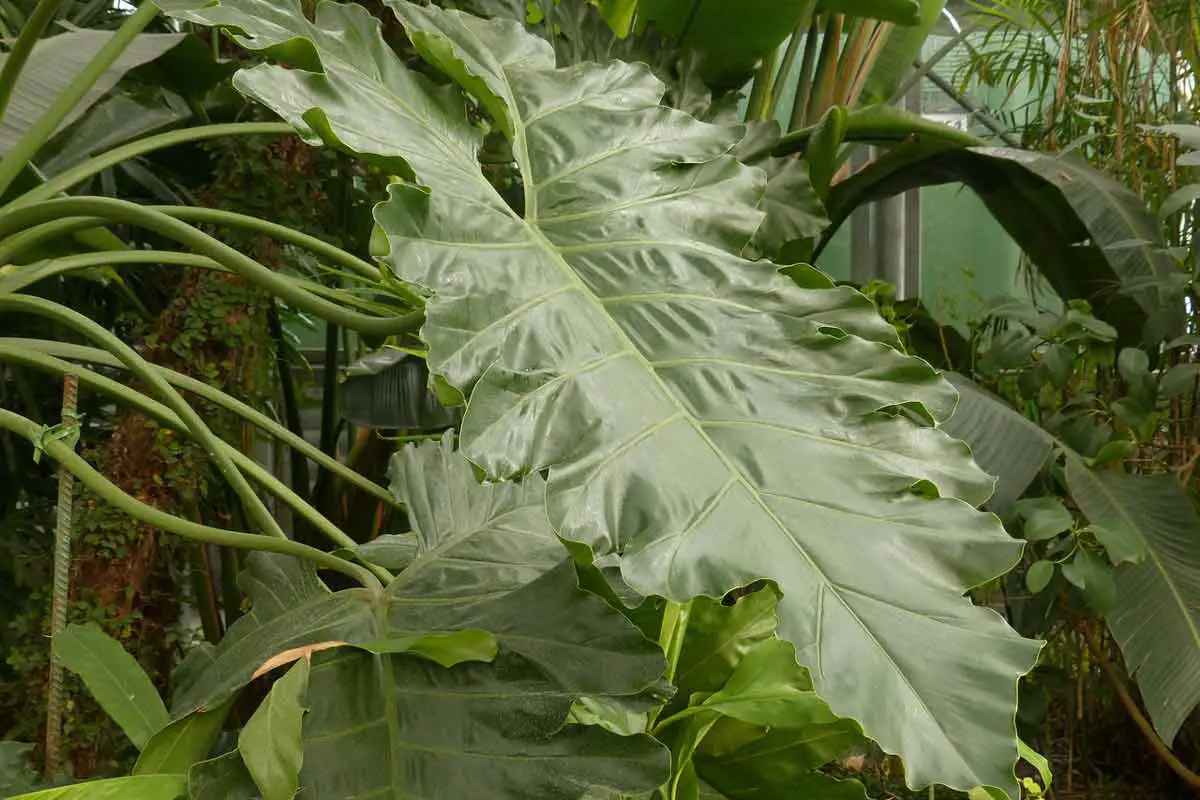
Some philodendrons are epiphytes which means they grow on trees, some are terrestrial and grow on land. There are hemiepiphytes as well which grow initially on trees but then the roots reach the ground and they become land plants.
This gives a key distinction between philodendrons.
- The first is the ‘vining philodendra’. They grow as vines (trailing plants) and need support while growing.
- The second is the ‘non-vining philodendra’. They can grow without any support and have their own natural habitat.
25 Types of Indoor Philodendrons
We’ll go over a few of the wonderful indoor varieties among the enormous list of species of philodendrons, that you may easily grow.
1. Philodendron Hedaraceum (Green Heartleaf Philodendron)
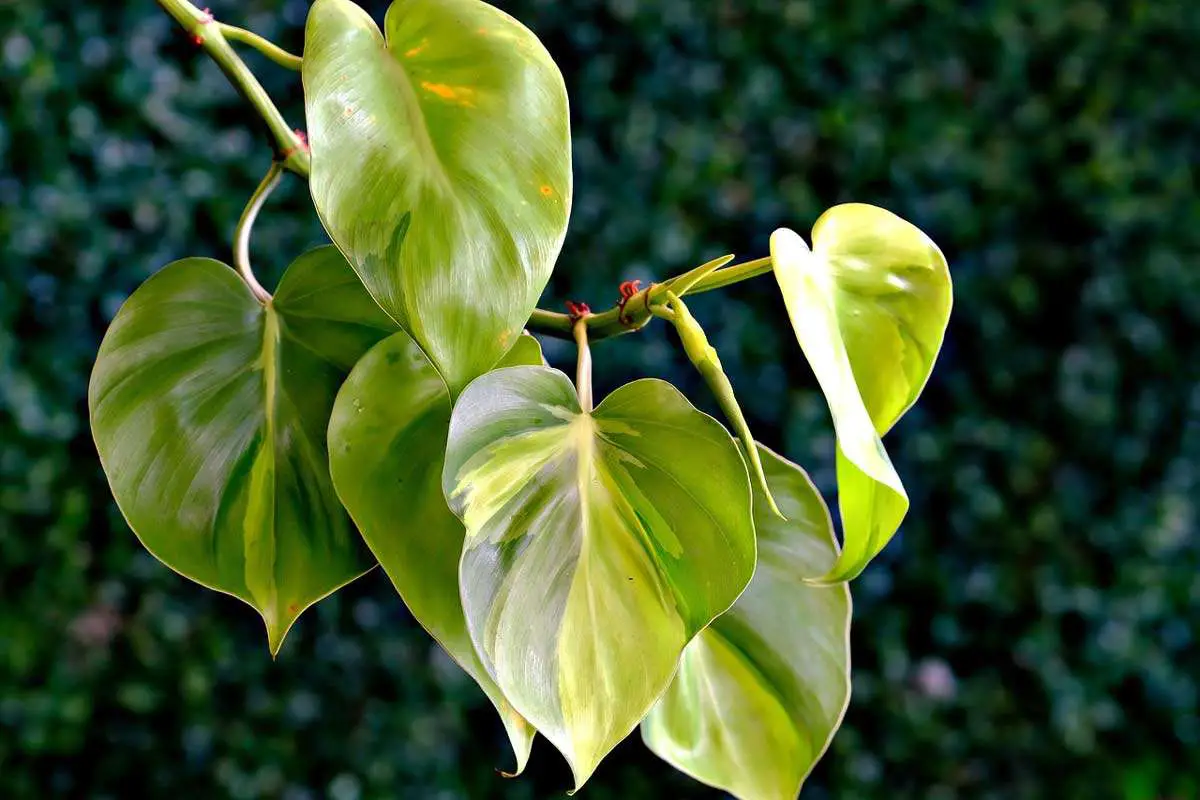
Green heartleaf philodendron or the sweetheart plant is among the most famous indoor plants. It is a vine plant that has bright kelly green leaves in the shape of a heart and it can be confused with devil’s ivy.
This plant requires low light and humid conditions to grow, which makes it a great choice for corridors, darker rooms, and bathroom plants.
It grows up to 20ft tall in the wild while it stays shorter indoors, which makes it easy to prune.
This is not a garden plant so place it outside only in summer.
2. Philodendron Bipinnatifidum (Philodendron Xanadu)
Philodendron Xanadu is a plant with a bold and amazing presence. It grabs the attention of any visitor that passes by.
The plant looks very thick and sculptured with each leaf growing its own strong and long stem that is connected directly with the ground.
The color of the leaves is dark Sacramento green. The leaves are split with very deep lobes. It can grow up to a height of 2-4ft with a spread of 3-5ft.
It is obviously not a vine plant and it should only be placed outside if you are in USDA zones 10 and 11.
3. Philodendron Erubescens (Philodendron Pink Princess)
The pink princess is a variegated philodendron having elongated heart-shaped leaves. Variegated means having different colors in the form of patches and streaks.
Its main attraction is obviously its colors. The colors range from rich to pastel, and almost cream. The green is usually in the shade of rich hunter green with light gray shades on it.
Philodendron pink princess is a vine plant that can be grown as a trailing plant. People also often like to trim it back to its shrub and bushy appearance.
It can grow up to 2ft long. It is not an outdoor plant so it’s better to only expose it outside during summer breaks.
4. Philodendron Erubescens (Blushing Philodendron)
Having rich, deep green foliage with a purple underside, this philodendron is no less popular than the others. The elongated heart-shaped leaves set off and lean on the stems, eventually growing into enormous showy bushes with incredibly luxuriant foliage.
Blushing philodendron is a great choice for living rooms and offices. If you are in USDA zones 10 and 11 then you can also grow them in pots outdoors on a balcony or a terrace. It grows 3ft tall and 2ft wide and is not a vine philodendron.
5. Philodendron Prince Orange
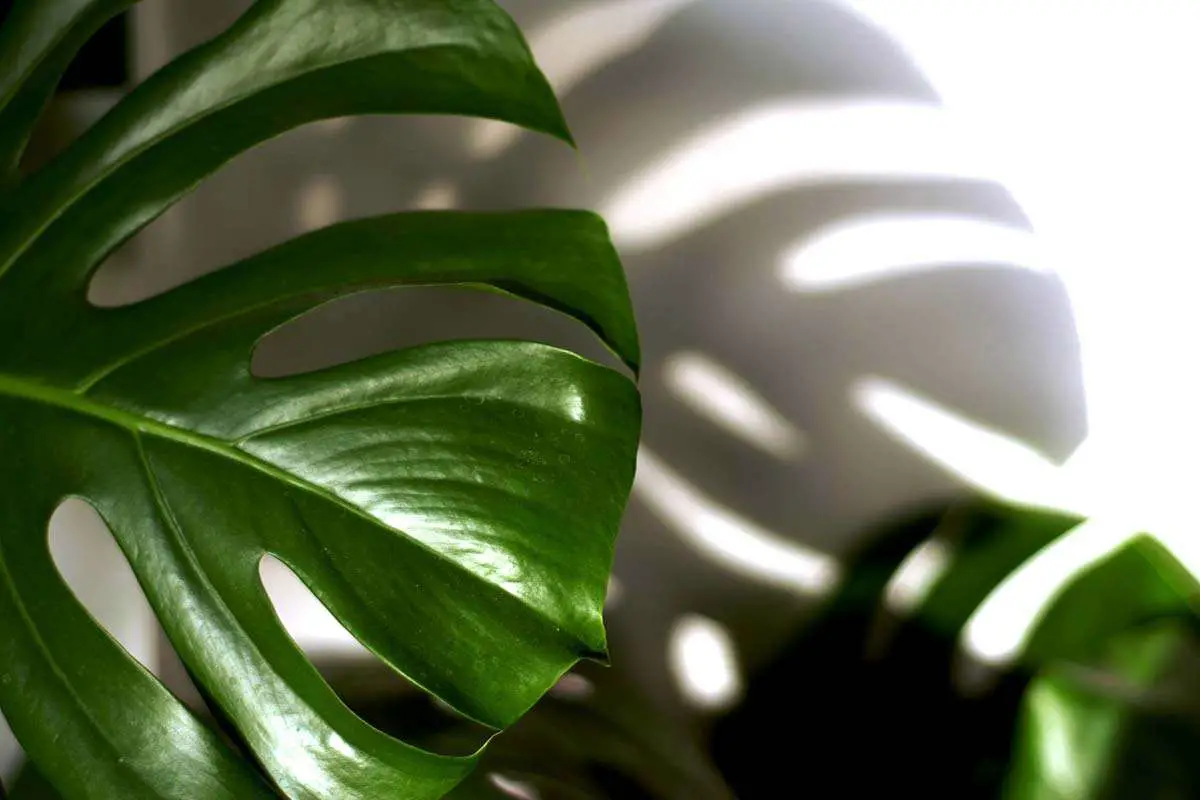
Philodendron Prince Orange is a rare houseplant. It grows out of a short stem making it look directly connected to the ground.
Its striking colors are appealing but what makes it unique is the way the plant shows its colors. Some leaves are bright greens while others can turn orange, red, or something in between, providing you with all the shades of orange and copper.
To make the best out of its uniqueness, make sure to keep it under indirect yet bright light. This will encourage its colors even more.
Philodendron prince orange is not an outdoor plant and comes under the category of non-vining plants. It will reach a height of 2ft with a spread of 3ft.
6. Philodendron Gloriosum
A perfect houseplant with smooth and massive leaves. The leaves are heart-shaped with dark emerald green color. The lovely white pattern on the leaves also adds to its beauty.
The massive leaves of philodendron Gloriosum can reach 2ft in length which makes it a perfect addition for a spacy place like an office or a living room.
It is a non-vining plant that reaches a height of 3ft with a spread of 4ft. It’s not an outdoor plant so you can only place it outside in summer.
7. Philodendron Crassinervium (Philodendron Crassinervium)
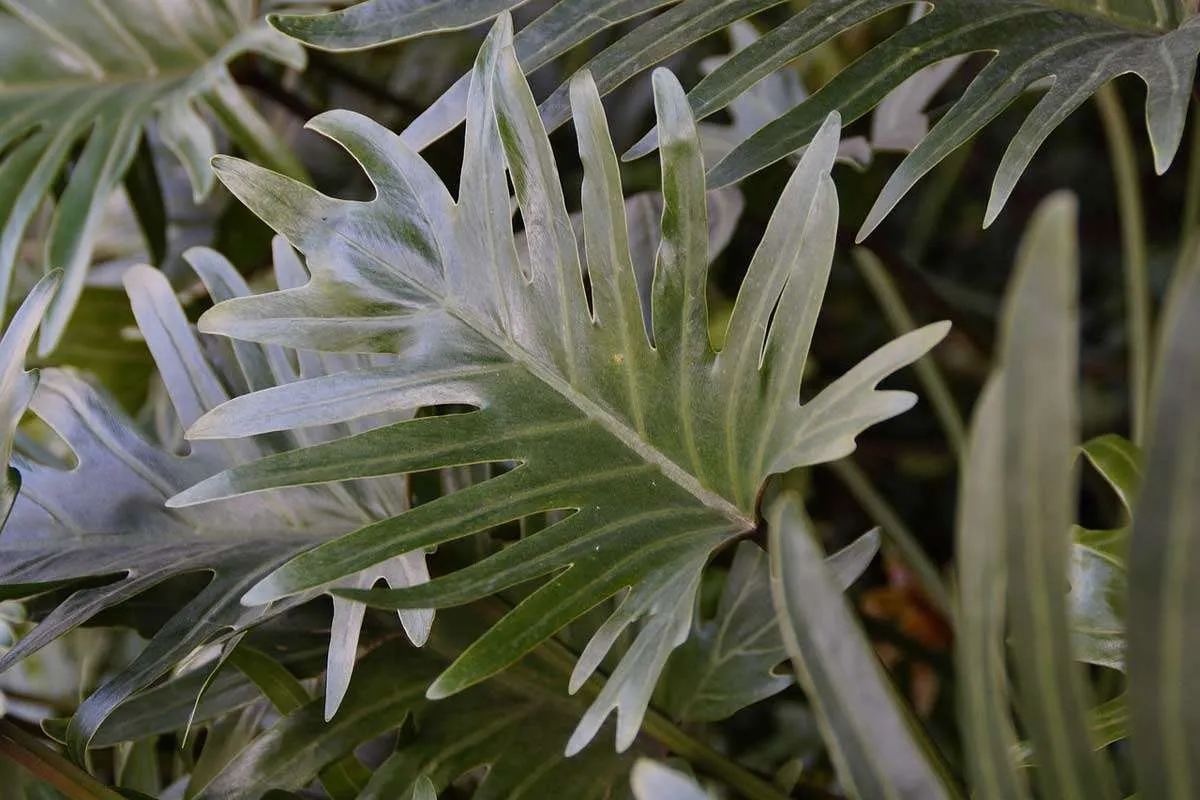
Philodendron Crassinervium is an original Brazilian species of Philodendron. Climbing along a stalk, the leaves are glossy green in color with an oval shape. The leaves resemble those of orchids and clivia.
Compared to other philodendrons, philodendron Crassinervium it’s also somewhat of an outsider as well. It remains short indoors even though it’s a giant in its natural habitat. Being an easy-to-cut back and easy-to-grow plant, philodendron Crassinervium is a great addition to your indoor plants.
Philodendron Crassinervium is a creeper that can reach a height of 13ft in the wild but only grows up to 18in tall indoors. It can be placed outside in tropical beds and zones 9 to 11.
8. Philodendron Lanciniatum
Philodendron Lanciniatum has very unique-shaped leaves. The whole leaf is deeply lobed and has kind of a triangular shape. The shape of the leaf is so strange that it seems like an animal face to some people while others look at it as some kind of butterfly.
The leaves have a bright green color and shiny veins. It is an excellent addition to a brightly lit room that supports its colors. It is a semi-vine plant and can reach a height of 3ft. It’s not suitable for the outdoors.
9. Philodendron Esmeraldense
This is a fairly new specie of philodendron that was recently discovered in 2008 in Ecuador. It has huge leaves which can grow up to 20 inches in length. The leaf has an elongated heart shape with bright green colors.
It may not produce many leaves but even one of them can have a great presence. A single leaf of philodendron Esmeraldense can be a great addition as a desk plant.
The leaves of this philodendron have a leathery texture and they hang down from the stems they are connected to while touching the ground with their tips.
It can reach a height of around 8ft in the wild but can be cut short easily. This vine plant can also be placed outdoors if you’re in zone 9b to 11.
10. Philodendron Subhastatum
The long and broad leaves of philodendron Subhastatum has a glossy look. It has clear veins and has shiny light to dark emerald green color. The underside of this philodendron can be orange, red, and sometimes purple. Both the leaves and the underside are visually beautiful.
It’s an easy-to-propagate and easy-to-grow indoor plant. It falls under the vining philodendron category and can reach a height of 6ft with a spread of 2ft. This isn’t a variety of philodendrons but can survive in a mildly sheltered tropical garden in USDA Zones 10 to 11.
11. Philodendron ‘Congo Rojo’
The long leaves of Congo Rojo start growing upright, arching a little later. Their shape is elliptical and has a leathery texture. Congo Rojo has somewhat of a unique color. The color is burgundy purple or brownish with green undertones that tend towards black.
The dark look of Congo Rojo fits best in a minimalistic room or a room with modern features in it.
It is a non-vining plant that can grow 1-2ft tall with a spread of 2-3ft. They are not suitable for planting outside.
12. Philodendron Grazielae
A glossy attractive plant that gives an impression of being made of rubber. The bright green color along with the texture of the leaves reminds you of the beautiful lily pads.
It’s a vine plant that grows trailing down. It can reach a height of 3ft and can be placed outside if you’re in USDA zones 9b to 11. At home it would need a pole in the container to climb. It can also be planted in a hanging basket for an aesthetically pleasing environment.
13. Philodendron Brandtianum
The shape of the leaves resembles that of a heartleaf philodendron, but what makes it different and unique is the variegation of the leaves. It has a beautiful olive green color with broad silver patterns between the veins.
Philodendron Brandtianum is a great choice for professional environments such as offices. It goes well in a room with a modern setting and looks.
It is a vining philodendron that can grow up to 4 to 5ft in height. This variety of philodendrons isn’t suitable for the outdoors.
14. Moonlight Philodendron
Moonlight philodendron has a bright and glossy look. The leaves are pointy in appearance and they emerge from the plant’s base on unfurling stems. You will get varying colors as they age, from lime green to a darker pea grown as they grow.
This non-vining philodendron can grow up to 2ft tall with a spread of a couple of more inches compared to height. It is an indoor plant but can survive if planted outside in USDA zones 9 to 11.
15. Philodendron Micans
Micans is a very unique philodendron because of the tiny almost invisible hair that grows on the leaves. The velvety texture with an iridescent quality that is acquired due to the fluff of the leaves makes it a must-have philodendron.
Philodendron Micans have light to dark green leaves or they might have a bronze color, the veins on the leaves are light green as well. The undersides are red when they are young.
It can fit well in a modern setting as well as in an old-fashioned house due to its velvety texture. This vine plant can grow up to 2ft in height and is not suitable for outdoors.
16. Philodendron Birkin
Philodendron Birkin has thin stripes that start from the center and goes all the way to the edges. The heart-shaped leaves of this plant get their uniqueness from the stripes because every leaf will have a different pattern.
It is an upright plant with all the leaves attached to a single stem emerging from the ground. The colors are dark and light green in the form of beautiful stripes. It is a great choice for plants placed inside rooms.
It reaches a height of 3ft with a 2ft spread. It is a non-vining plant and is better suited to keep as an indoor plant.
17. Florida Ghost Philodendron
If you’ve ever thought about having different varieties in a single pot, then Florida Ghost is the philodendron to go for. The leaves do not have a specific shape, instead, they can be lanced or lobed growing in different forms.
The leaves are variegated. Some can be emerald green while others can have different shades of green. It also has cream color leaves as well and not just colors but they can also grow patterns with a combination of these colors.
Florida ghost is a vining plant that reaches a height of 2 ft long. It is not suitable for the outdoors.
18. Philodendron Lacerum (Window Leaf Philodendron)
Window leaf has huge rubbery textured and lobed leaves. The strong petioles connect the leaves with the stem from where they hang down. Window leaf has shiny hunter-green leaves although overall plants reflect some beautiful light color effects.
It is a vine plant that is usually cut down so it can resemble a bush and not a vine. It also requires some support or heavy leaves might ruin the entire plant.
This center-stage-worthy showy philodendron works best in a spacy area against a neutral background so it can flaunt its colors. Crowded spaces will only take away from this philodendron and won’t support it in any way.
In the wild, it can grow up to be a giant and reach a height of around 70ft although it only grows up to 4-6ft tall indoors. It can survive in the wild if it is in USDA zones 9b to 11.
19. Philodendron Tripartitum (Tri-Leaved Philodendron)
Tri-leaved philodendron leaves are among the most unique and original leaves of all philodendrons. The leaves have a light emerald green color with beautiful veins.
Their lobes are very deep. Each leaf is arranged in a manner where it seems like it is made out of 3 separate leaves, 2 on the sides connected to petioles and one in the center. The leaves kind of resembles the shape of the sword.
They can grow 4ft tall with a spread of 3 ft. This non-vining plant is not suitable for outdoors although they can be placed in shelters outside but only if you’re in USDA zones 9 to 11.
20. Philodendron Majesty
Finally, we are addressing Her Majesty, the black queen of philodendrons. This philodendron has elongated, heart-shaped leaves with an extremely dark color which resembles the black color and they are so shiny that they seem like reflecting surfaces.
Younger leaves are kind of copper red in color which just adds to the overall texture and beauty of the Majesty. This work of art should be placed in plain sight where she can openly flaunt her beauty.
This vine philodendron can reach a height of 6-15ft but can easily be cut down to shorter heights. It is not an outdoor plant.
21. Philodendron Cordatum (The Longest Monocot In The World)
Philodendron cordatum holds the world record for the longest monocot in the world with an impressive length of 1,114ft when last measured in 1984. Overall it can weigh up to 250 lbs.
Its impressive length is, may be due to the local conditions that were provided to it and it may not reach this length in the wild.
Philodendron cordatum is jade green in color and can be grown both indoors and outdoors. It is advised to grow it outdoors if you want the vines to reach their full length.
22. Philodendron Plowmanii (The Rarest Philodendron)
Philodendron Plowmani is the most sought-after plant because of its rarity and beauty. It is a terrestrial creeper that produces large heart-shaped leaves connected to erect petioles.
The leaves have an emerald green color with deep veins giving them a wavy texture. Given its rarity and price, it should be a center-stage plant. This vine can grow 8ft tall.
It’s better to avoid planting it outside because of its price and rarity. Plowmanii is a toxic and rare philodendron species so make sure not to ingest any part of it.
23. Lacy Tree Philodendron, Or Philodendron Bipinnatifidum
The oldest recorded age of an indoor plant is 40 years and the species was Philodendron Bipinnatifidum. Trees have really long life spans but this is not true for indoor plants, it is only achievable through constant care.
Lacy tree is 2-4ft tall with a spread of 3-5ft. It has dark Sacramento green and is a non-vining plant. Place it outdoors only in USDA zones 10 to 11.
24. Philodendron Minima Variegata (Most Expensive Philodendron)
This philodendron was once sold in New Zealand for $8,150 making it one of the most expensive exotic Philodendron plants. This charming philodendron has light green foliage but has a variegated variety which is of light green and cream yellow color.
The fairly simple pinnate leaves grow directly from the ground. It has a maximum height and spread of 2ft. This philodendron variety is not a vine and is more suitable to keep as an indoor plant.
25. Philodendron Maximum (Largest Philodendron Leaf)
This species is from Bolivia, Ecuador, and Brazil. It has the largest and most easily recognizable philodendron leaves. They are heart-shaped and the color may vary from light green to hunter green depending on the light.
Their leaves can reach up to a massive size of 5ft in length and 3ft in width, although the overall size depends on the plant, the climate, and the pace they grow with.
This non-vining plant can grow up to 10ft tall and is not suitable for outdoors. It can be placed outside in USDA zone 10b to 11.
Caring Tips For Philodendron Plants
There are many varieties of philodendrons but they share the same caring requirements (especially the ones in this list). So instead of looking at every variety one by one, we will have a general look at how to care for the philodendrons.
Water Requirements
The top inch of the soil must be allowed to dry before they are watered again. The soil shouldn’t be too dry or soggy. The water used for watering must be at room temperature.
Humidity
Philodendrons enjoy high humidity, in the range of 60%–80%. Higher humidity results in larger leaves so mist spraying it regularly will allow the plant to fulfill its humidity requirements.
Soil
Philodendrons enjoy well-drained soil. It must be loose and rich in organic matter. You can use a mix of sphagnum moss and perlite, but any other mix that can provide similar matter is ideal as well.
pH of Soil
The pH of the soil must be 6.5 to 7.5, which is neither very basic nor acidic.
Feeding
The fertilizer in use must be rich in organic matter. In spring and summer, the philodendrons should be fertilized every month although fertilizing every 6-8 weeks in fall and winter is okay.
Propagation
Propagation can be easily done by leaf and tip cutting.
Outdoor conditions
Philodendrons grow well outside in the hot months. The only catch is that they need to be in a shady place with no wind and where the conditions do not change.
